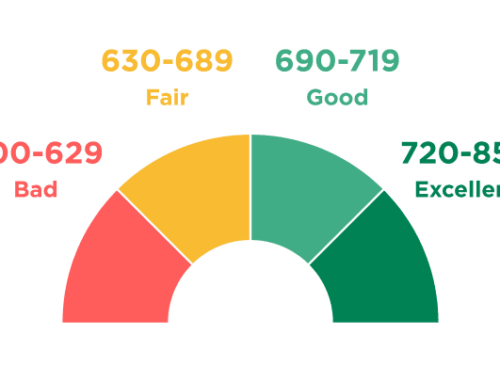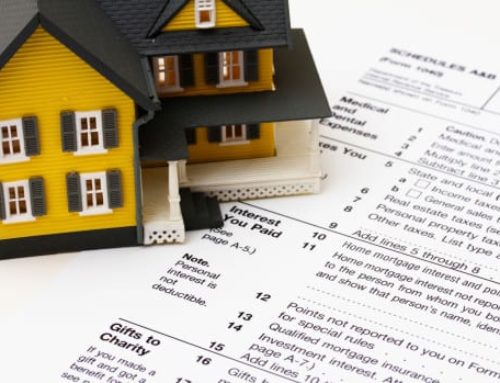When you’re shopping for a mortgage, you will encounter the terms “interest rate” and “APR”, and a lot of people unknowingly believe that these two terms can be used interchangeably because they are basically the same thing. This confusion is understandable, given that both interest rate and APR have similar functions, however it’s extremely important to know the difference between the two.
Without knowing the difference between interest rate and APR, you’re leaving yourself open to the possibility of choosing the wrong lender and paying thousands of dollars extra in mortgage fees.
Here’s a brief rundown on the difference between interest rate and APR, so that you can truly compare lenders before you choose the one that’s best for you.
Interest Rate
Mortgage lenders don’t just loan out money for free, right? They are a business and have to make money back on the money they loan out. The primary method of making money on money being lent is through interest. The interest for a loan is always shown as a percentage, and it represents an additional amount that you must pay to the lender in exchange for borrowing money from them.
For example, if you obtain a mortgage for $200,000 that has a 3.8% interest rate, then your loan will build 3.8% in interest annually. That means you would be paying approximately $633.33 per month ($7,600 per year) in interest. Since the interest is based off your principal balance, that means you’ll be paying more money towards interest in the early years of your mortgage, but as time goes on and your principal balance gets lower, more and more of your monthly payment will go towards balance rather than interest. This is known as amortization.
There are many different types of interest rates, and they can vary greatly depending on the type of loan you’re getting, the term (which is the amount of time you have to pay off the loan), and your own personal financial picture. Some interest rates are “variable”, meaning the interest rate will change throughout the term of your mortgage depending on the market, while other interest rates are “fixed”, meaning the interest rate will remain the same for the life of the loan.
APR
Now that you understand interest rates, you’re ready to learn about APRs, so you can begin to understand the differences between them. APR is an acronym for “annual percentage rate”, and it paints a much more complete and accurate picture of how much you’ll actually be paying a lender to borrow money from them. The APR includes the interest rate of the loan, but it also includes any and all additional expenses and fees that you’ll be expected to pay as part of the terms of the mortgage. These extra fees and expenses may include things like PMI (private mortgage insurance), prepaid interest, administrative fees, underwriting fees, processing fees, and more.
What this means is this: if you’re shopping for a mortgage lender and only looking at the lender’s offered interest rates, you may be surprised to find that that isn’t actually the most cost effective mortgage for you! A lender with a lower interest rate may have higher fees, or may have additional fees other lenders don’t have, causing the APR to actually be higher than a lender with a slightly higher interest rate.
The good news is that lenders are required by the Truth in Lending Act to disclose BOTH interest rate and APR, so that you can review and consider both when shopping for a mortgage.
Interest Rate vs. APR Summary
The interest rate is simply the amount of interest you’ll pay on your loan, while the APR is the interest rate PLUS any additional fees and expenses you will be paying. You have some control over your interest rate, because what interest rate you qualify for is typically based on your credit score and credit history, but you don’t have nearly as much control over APR, aside from putting more money down to avoid private mortgage insurance, because the added fees and costs are set by the lender and aren’t typically negotiable.
The best way to compare lenders is by comparing APR, but make sure you’re not comparing the APR of a 7/1 ARM (adjustable rate) mortgage to the APR of a 30-year fixed FHA mortgage, because that’s not a relative comparison. To correctly compare APRs, make sure you’re using the accurate APR for the type of loan you’re shopping for.










